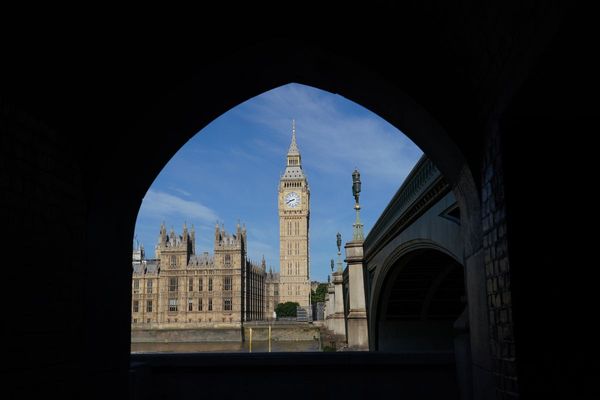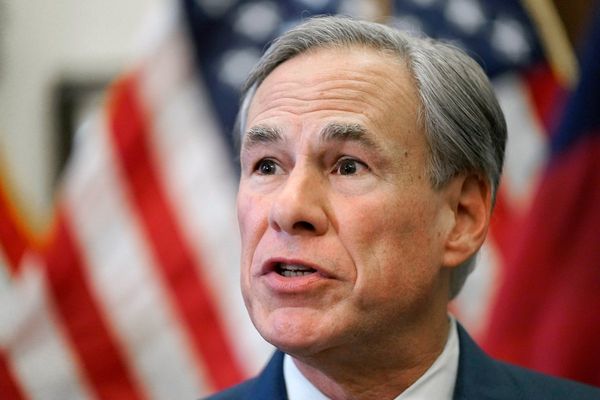The Gentrification of Texas
As the cost of housing skyrockets, Texans are getting pushed out and left behind. The stakes couldn’t be higher.

In early 2020, half of Texas adults reported that they were spending too much on housing and that it was difficult to find affordable options in the neighborhoods they want to live in.
In this issue:
1. A Visual Tour of Gentrified Architecture (March 5)
br>
2. Kicked to the Curb: A Day in the Harris County Eviction Court (March 9)
br>
3. How to Keep Homes Affordable—Permanently (March 16)
br>
4. The Last days of San Antonio’s Oldest and Largest Public Housing Project (April 6)
br>
5. Stranded in Dallas: How Low-Income Residents are Making do Without Public Transit (April 20)
The findings, from the Texas Lyceum’s annual poll, shouldn’t have surprised anyone who has been paying rent or property taxes here over the past decade. Since 2010, the median home value in Texas has increased by more than 50 percent, rising from $136,000 to $207,000. In some neighborhoods, like East Austin, the median home value has doubled during the same decade. Housing has long been considered “affordable” if it consumed no more than 30 percent of a family’s income, but we might need to set a new benchmark. By this metric, more than half of Texas renters cannot afford the places they live. Someone earning minimum wage here would have to work 91 hours a week to afford the average one-bedroom apartment.
br>
The consequences of this are far-reaching. Where you live correlates with nearly every major indicator of health and well-being, from the quality of education you receive to the kind of job you get to the health care your family can access. It determines what you eat, how far you commute, and how much you pay for government services. And yet, while some Texans are afforded the opportunity to make such a consequential decision, an increasing majority are denied that choice, relegated to the fringes of our cities and economies.
Texas’ population is projected to grow by 30 percent—more than 10 million people—by 2040. How we will accommodate that growth is now a fundamental question facing the state. Will our housing policies continue to push low-income and minority Texans to far-flung suburbs to find affordable housing? Will we protect and prioritize our most vulnerable residents as climate change wreaks havoc on our coasts? And will we chain ourselves to the carbon emissions that result from the kind of car-centric sprawl we have relied upon to accommodate growth in decades past?
Our March/April special issue marks the official start of the Observer’s housing beat—and we need your help to keep it going. We launched a Kickstarter campaign with a goal of raising $10,000 to invest in our housing coverage. Your donation will directly support the production of this critical coverage, allowing staff to travel across the state to talk to those struggling with the rising cost of housing. Donate here. —Megan Kimble, senior editor
All our investigations in one place. Sign up for our longform email:
This page will host all of our housing stories from the special issue. Check back throughout March and April for updates.







